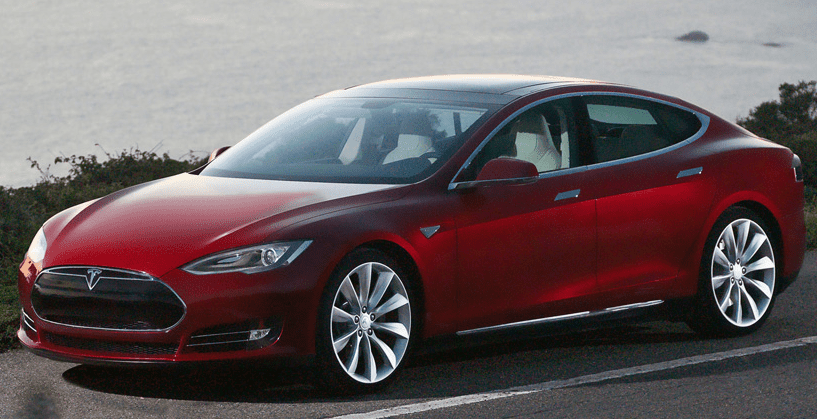
Yesterday, Tesla Motors announced in a blog post titled “A Tragic Loss” that one of their customers died in a fatal crash while Autopilot was activated. Autopilot is a Tesla proprietary technology which has some self-driving features. The man in question was killed after his car rammed into the side of a tractor trailer which drove across the highway perpendicular to the Model S.
In the aftermath of the crash, Tesla notified the National Highway Transportation Safety Administration (NHTSA), as is the common procedure, which has now opened an investigation. The NHTSA will determine whether or not Autopilot was working properly at the moment of the crash. If this was not the case, the NHTSA could enforce a recall procedure.

In Tesla’s blog post, the company was quick to shift the blame on the driver. The company reminds everyone that Autopilot is a beta product which is not meant to replace human drivers, who are expected to be ready at any minute to take control of the wheel.
“It is important to note that Tesla disables Autopilot by default and requires explicit acknowledgment that the system is new technology and still in a public beta phase before it can be enabled. When drivers activate Autopilot, the acknowledgment box explains, among other things, that Autopilot “is an assist feature that requires you to keep your hands on the steering wheel at all times,” and that “you need to maintain control and responsibility for your vehicle” while using it. Additionally, every time that Autopilot is engaged, the car reminds the driver to “Always keep your hands on the wheel. Be prepared to take over at any time.” The system also makes frequent checks to ensure that the driver’s hands remain on the wheel and provides visual and audible alerts if hands-on is not detected. It then gradually slows down the car until hands-on is detected again,” Tesla said in a statement.
The accident occurred on May 7 on a divided highway in central Florida after a tractor trailer drove perpendicular to the Model S. The brightly lit sky reflected across the trailer which was painted in white, so neither the driver nor Autopilot noticed the truck and drove right under the trailer. No brakes were applied, and the first impact was with the windshield. “Had the Model S impacted the front or rear of the trailer, even at high speed, its advanced crash safety system would likely have prevented serious injury as it has in numerous other similar incidents,” Tesla said.
[ALSO SEE] How Tesla’s Autopilot works
The driver, Joshua Brown, 40, was a longtime Tesla enthusiast and an active member of the EV community. As an irony of life, Brown posted a video online in April in which he is seen seated in his car while Autopilot is on. Out of nowhere, a truck makes a dangerous maneuver in an attempt to pass the Model S, but Autopilot is quick to correct the car’s course and avoids a possibly dangerous collision. The video posted on Youtube was titled “Autopilot Saves Model S” and as I’m writing this, it has garnered more than 2 million views.
“I have done a lot of testing with the sensors in the car and the software capabilities,” Brown wrote praising Tesla’s Autopilot. “I have always been impressed with the car, but I had not tested the car’s side collision avoidance. I am VERY impressed. Excellent job Elon!”
Tesla points out that Autopilot was used for more than 130 million miles until this first fatal crash occurred, noting the average mileage each fatality takes place in the US is 94 million miles. This statistic in is Tesla’s favor, but critics say Tesla was too hasty in its introduction of Autopilot.
Tesla’s legal disclaimer will save it from any lawsuit, but that doesn’t exempt it from some serious ethical concerns. If your Tesla drives safely and effortlessly for thousands of miles, many drivers will be tempted to keep their eyes off the road and do something else. One man was caught taking a nap in his Model S. Another boasted on the internet with the things he does while Autopilot is on, including “playing air guitar to Billy Idol.” Other examples are plentiful.
Once the now famous $30,000-Model 3 hits the road 2018 onwards, America’s highways will see hundreds of thousands of Autopilot-enabled cars. These cars will drive billions of miles a year, and with each mile, the system will learn from its mistakes and become better and better. Society stands to win from the incoming self-driving car revolution, with Tesla’s Autopilot on the forefront.
Many Tesla owners might want to wonder at this point, however, if they’re willing to take part in a huge experiment.
The accident is sure to affect Tesla’s reputation, and many drivers will be more careful after hearing the news which spread like wildfire on the internet — but only for a few weeks before its all recedes from memory.


